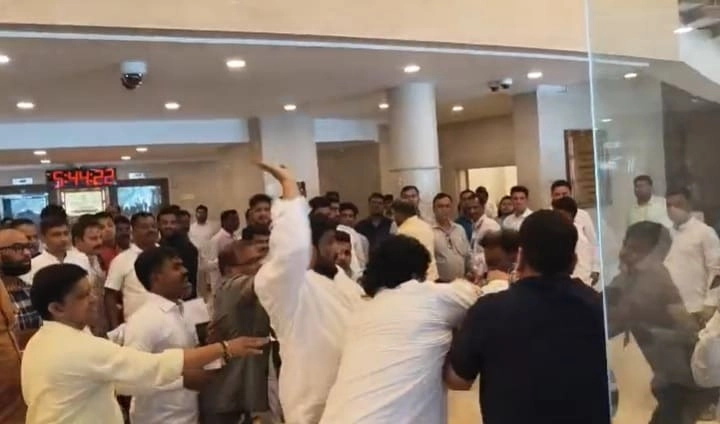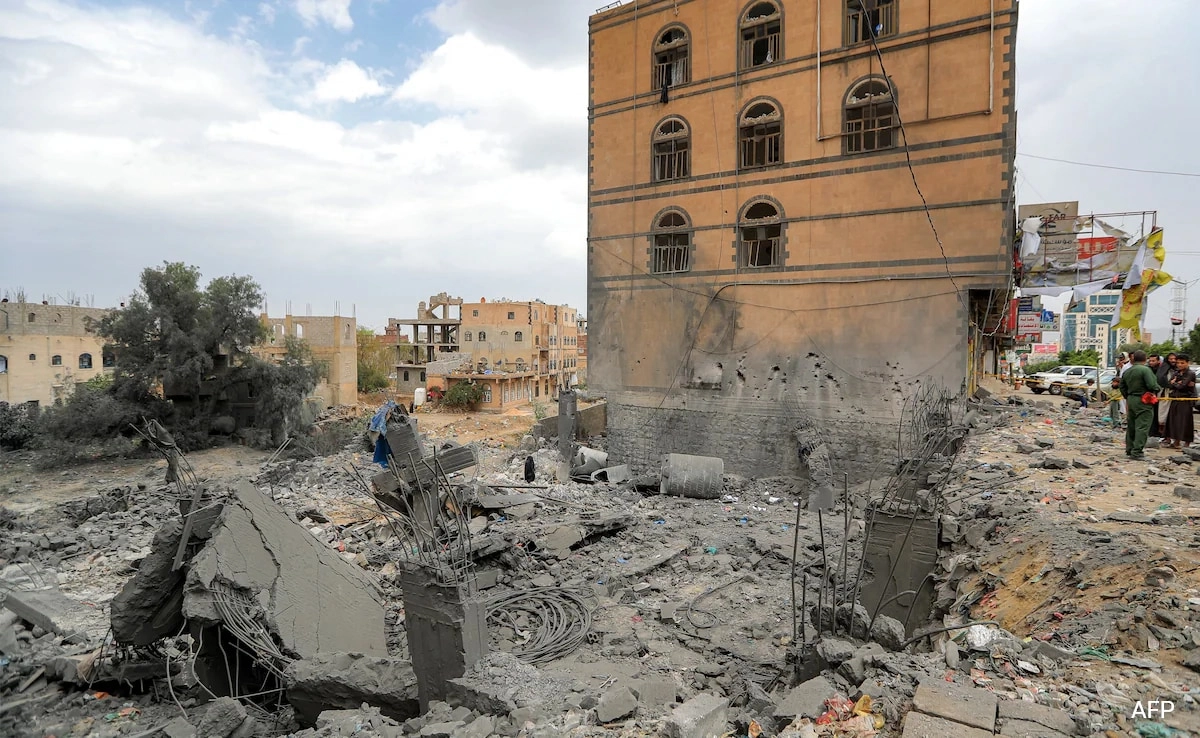A recent incident at the Maharashtra Assembly premises has highlighted the escalating tensions between political parties in the region, specifically between the Bharatiya Janata Party (BJP) and the Nationalist Congress Party (NCP). The clash erupted during a session, drawing attention not only for the physical altercations but also for the underlying political rivalries that have been simmering for some time. Witnesses described a chaotic scene as party workers from both sides engaged in heated exchanges, which quickly escalated into a confrontation. This violent outbreak underscores the intense political climate in Maharashtra, where competition for power has led to increasingly aggressive tactics among rival factions.
The clash serves as a stark reminder of the volatile nature of politics in Maharashtra, where alliances and rivalries can shift rapidly. The BJP and NCP have historically been on opposite ends of the political spectrum, with the BJP often criticizing the NCP for its governance record. This latest incident raises concerns about the safety and decorum expected within legislative spaces, which are meant to be platforms for democratic discourse rather than battlegrounds for political disputes. Both parties have since issued statements condemning the violence, yet the events have left many questioning the effectiveness of political discourse in a climate where physical confrontations seem to be becoming more commonplace.
In the aftermath of the clash, political analysts are weighing in on the implications of such violence for future electoral strategies in Maharashtra. The BJP, having recently made significant gains in the state, may find itself needing to navigate a more hostile environment as it faces off against a resurgent NCP, which is rallying its base in response to perceived attacks. Moreover, the incident raises broader questions about the role of party discipline and leadership in preventing such outbursts. As Maharashtra prepares for its next electoral cycle, both parties will need to consider how to address not only the political challenges ahead but also the growing public concern over political violence and its impact on governance.
Ultimately, the clash is not just a moment of chaos but a reflection of deeper fractures within Maharashtra’s political landscape. As party workers clash on the ground, the need for dialogue and resolution becomes increasingly urgent. The incident serves as a call to action for political leaders to reinforce their commitments to peaceful political engagement and to prioritize the health of their democratic institutions over partisan rivalries. The coming weeks will likely see both parties reassessing their strategies and messaging as they seek to maintain support while also addressing the fallout from this violent episode.




